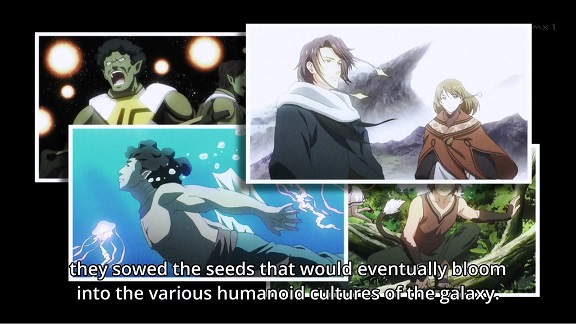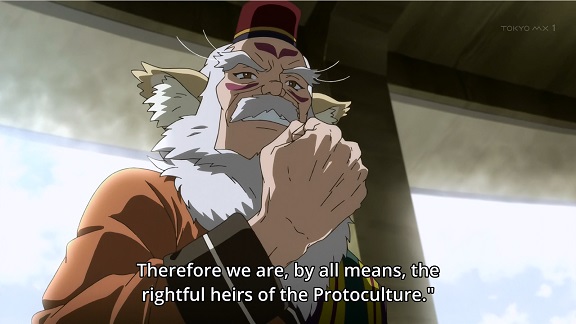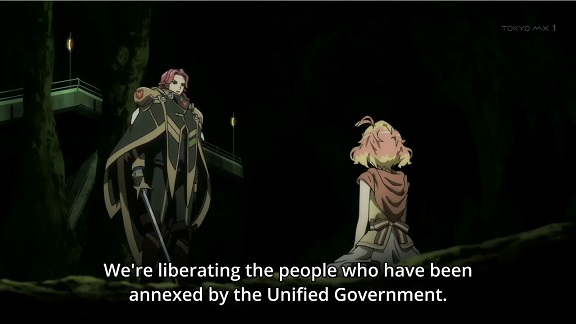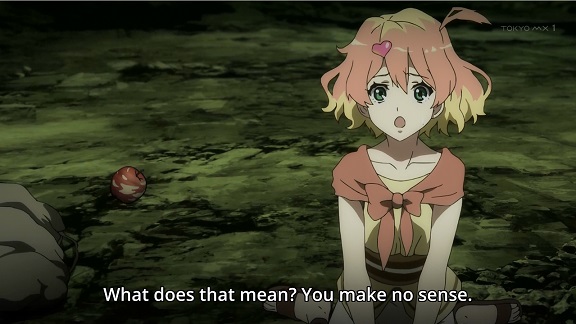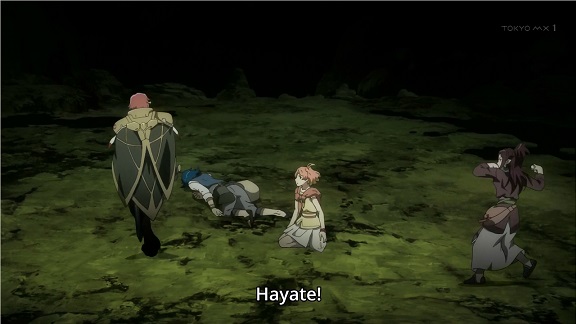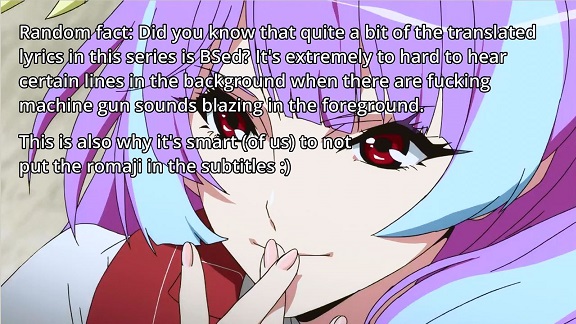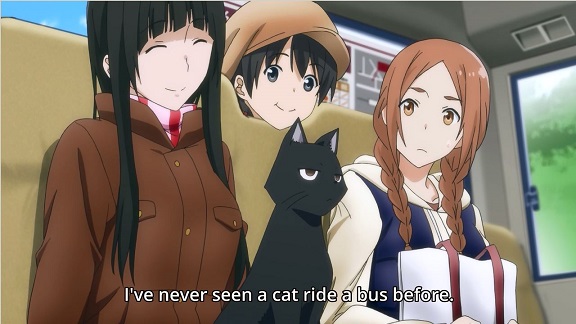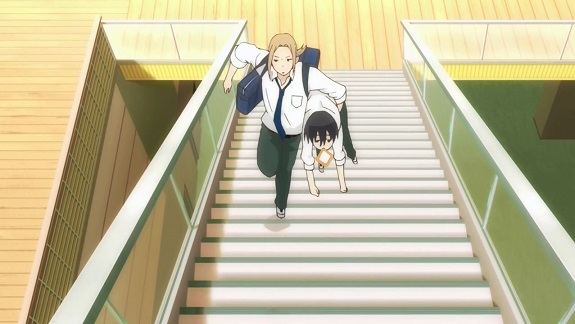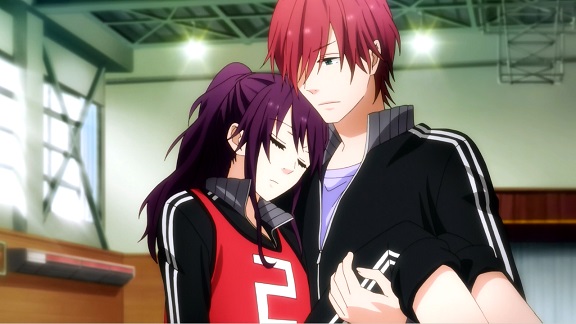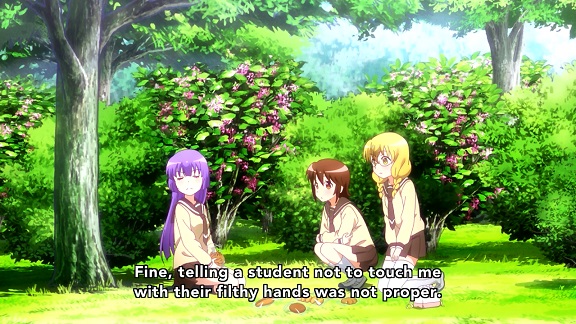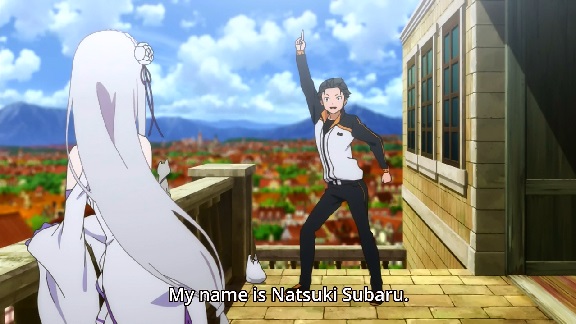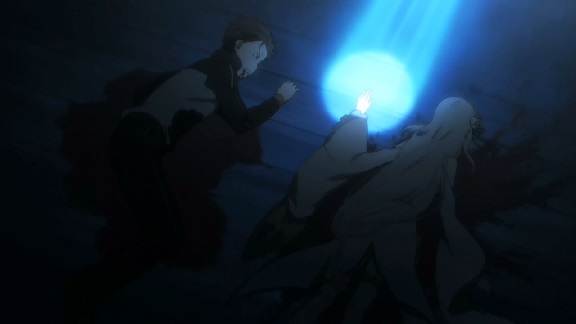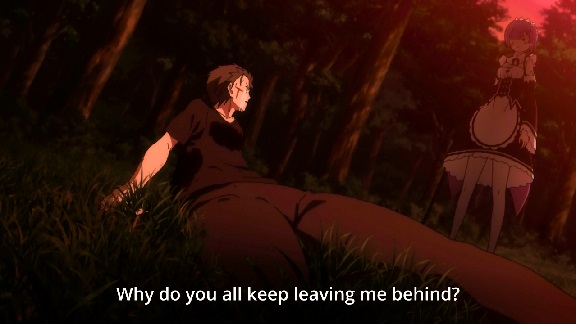Watching this review of Infinite Stratos is infinitely more fun than actually watching the series, yet I still found myself watching twothirds of it last night. Mostly because it was the perfect sort of series to put on in the background while doing something else. For the most part this is a bog standard “only boy in magic school” harem series, with an uberdense protagonist blind to the very obvious advantages of the girls around them, notable mainly because it was one of the first and most popular of such series and paved the way for a veritable flood of such series. To be honest, what annoys me about this series is not the harem antics or fan service, but the world building, which is just ramshackle at best.
And I’m not talking about the show’s core premisse, of having mini mecha suits — Infinite Stratos — that only girls can pilot except for one man, our hero or that for some reason there’s only one school in which all IS wearers are trained. It’s a stupid premisse but there have been good series with dumber core ideas. No, what gets me is the sloppiness. in the first episode Ichiga, our protagonist, is introduced to his class and meets his childhood friend again, who he hasn’t seen in six years. A bit later we learn that the reason she hasn’t seen him in so long was because her sister was the inventor of IS and that on that day he saw her last, her sister revealed the IS suits to the world and she and her family were taken into protective custody and moved around Japan ever since. Then in episode ten the sister shows up and reminices with Ichiga’s sister about that time ten years ago, a month after she’d revealed IS to the world, when Japan was treathened by a spam missile attack and a single woman in an IS suit destroyed them all. Consistency? What’s that?
Worse, when Ichiga first arrives at magic school, in episode one, he has to be told everything about Infinite Stratos that everybody else already knows, yet he was friends with the inventor’s kid sister, his own sister is a famous IS champion, his childhood friend is in the same class as him, his other childhood friend is the cadet representative of China, his sister used to advice the German special forces on IS use, then became a teacher at the IS school and finally, just being the brother of the reigning IS champion got him kidnapped a few years ago. So why is he so ignorant? Not to mention, why didn’t he know his sister was a teacher there or that his second childhood friend was going to become the champion of China? Is it just Ichiga himself, too dull and uninterested to know much about the IS world and how his friends and family fit there, or is the series just making it up as it goes along?
I guess it’s the latter, as it’s ultimately more interested in tired harem antics than providing a consistent world. This is visible just in the way the Infinite Stratos itself keeps shifting in importance during the series. Is it the world’s most powerful weapon, keeping a balance of power between nations, or just used in a glorified form of jousting? The latter would explain why the series refused to provide any sort of real menace for Ichiga and his harem to overcome, even the final threat of the last three episodes turning out to have been engineered by the childhood friend’s sister to spice up the debut of said childhood friend’s personal IS suit.
And that’s what annoys me, this sloppiness, this almost disdain for anything that isn’t harem related. Adding insult to injury, isn’t not even a good harem show either.
